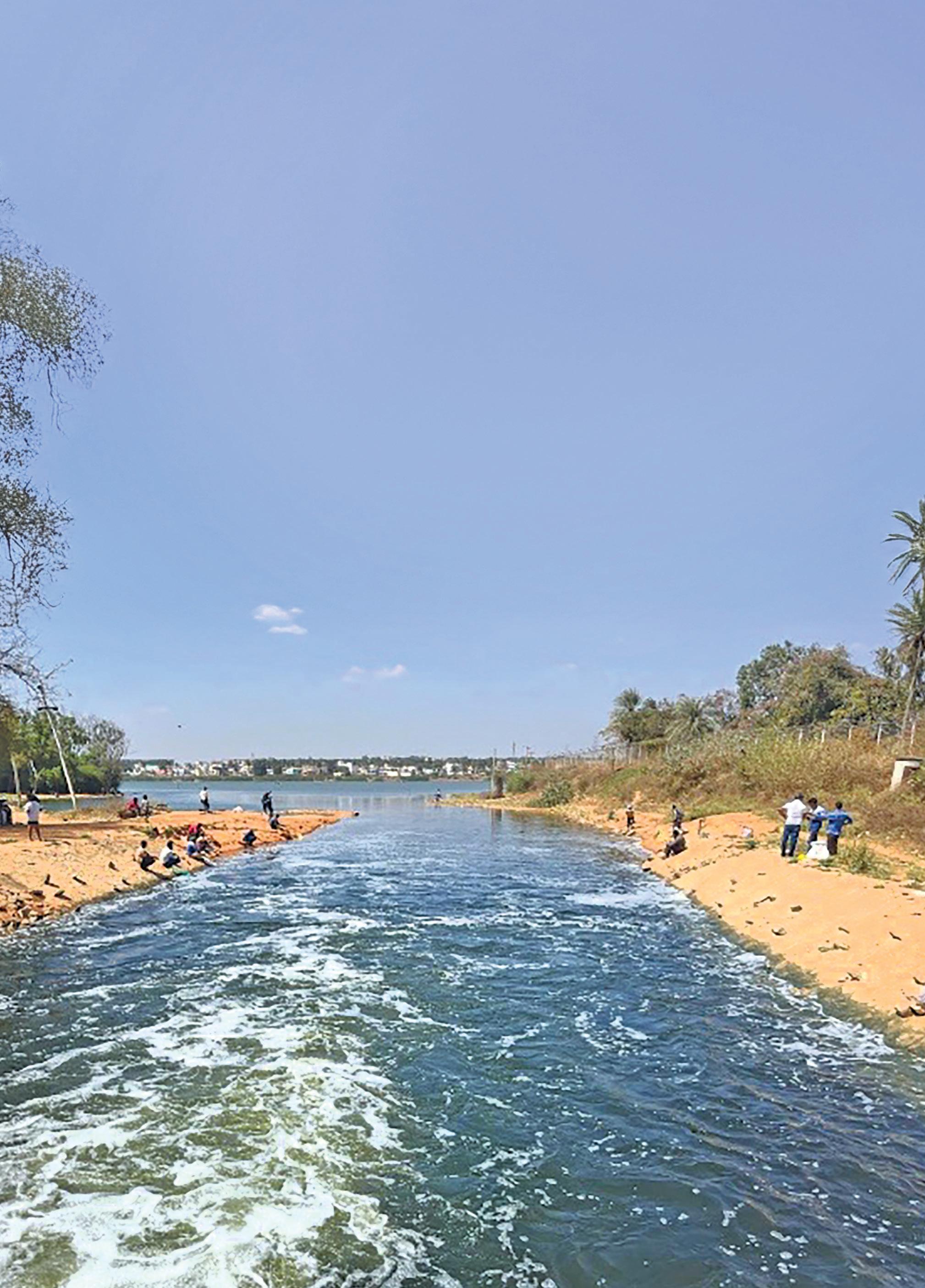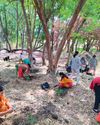
INDIA IS a parched nation. With an annual per capita freshwater availability below the international threshold of 1,700 cubic metres (m³), India ranks 132nd in the world with respect to per capita water availability. This makes the country "water stressed".
Between 1950 and 2024, there has been a decline of 73 per cent in per capita surface water availability in the country, as per the Union government's India Water Resource Information System (see 'Surface water scarcity' on p40). If no steps are taken to address this issue, India could become "water scarce", when water availability drops below 1,000 m³ per capita per year.
Cities such as Delhi, Mumbai, Pune, Hyderabad and Chennai, as well as many small and medium towns, are staring at a scenario where their sources will completely run out of water. Bengaluru faced unprecedented water shortage last year. As India witnesses rapid urbanisation-most of it seemingly unplanned-the situation will get worse, especially with climate change manifesting itself as an intensification of the water cycle, resulting in frequent floods, droughts and water stress.
Reuse of wastewater is being seen as a new way of supplementing the water supply and mitigating the impending water shortage. Simply put, all used water is wastewater.
Its reuse will serve the twin purpose of augmenting water resources while reducing the environmental impacts of disposing untreated wastewater.
Esta historia es de la edición March 16, 2025 de Down To Earth.
Comience su prueba gratuita de Magzter GOLD de 7 días para acceder a miles de historias premium seleccionadas y a más de 9,000 revistas y periódicos.
Ya eres suscriptor ? Conectar
Esta historia es de la edición March 16, 2025 de Down To Earth.
Comience su prueba gratuita de Magzter GOLD de 7 días para acceder a miles de historias premium seleccionadas y a más de 9,000 revistas y periódicos.
Ya eres suscriptor? Conectar

Invisibilised localities
AN ETHNOGRAPHIC STUDY ON THE NETWORKS, CULTURAL TRADITIONS AND OBSTACLES FACED BY RESIDENTS OF JHUGGIS AND TRANSIT CAMPS WHILE DEALING WITH EVICTION POLITICS AND INEQUALITIES IN DELHI

TUNNEL VISION
Bengaluru's civic body must ascertain suitability of the city's geology before moving ahead with its tunnel road project for seamless travel

AGAINST THE GRAIN
India's two most valuable timbers-sandalwood and red sanders-have long been bound by restrictive regulations designed to curb illegal trade. Encouraged by the government decades ago with promises of windfall profits, farmers took to commercial cultivation, investing years of patience and effort. Now, as they prepare to harvest, a harsh reality is setting in-the promise of big profits is not quite holding up. HIMANSHU NITNAWARE travels to 19 villages across Karnataka, Andhra Pradesh and Telangana to explore the reasons

Guardians of forest
Communities across Maharashtra take on the mantle of biodiversity conservation; replicate sacred groves on common land

Climate talks
Anil Agarwal Dialogue 2025 sees discussions on the state of India's environment, energy ambitions and emerging health threats

Mission for inclusion
Vidya Rajput leads the fight for transgender community's rights and acceptance in Chhattisgarh

Ready for power shift
An unprecedented drought forces hydropower- dependent Zambia to diversify its energy portfolio, embrace solar power

THE GREAT FARM HUSTLE
Agroforestry is fast emerging as a win-win strategy to mitigate climate change and improve farmers' income. It is particularly so in India, home to one-fifth of the agroforestry carbon projects in the world. Over the past months ROHINI KRISHNAMURTHY has travelled to almost 20 villages across the country to understand how this market works. At all locations, she finds that communities and their land and labour are central to the projects. But they do not always benefit from the carbon revenue

CAN AGROFORESTRY CREDITS BE SAVED?
Ensure that farmers benefit from the carbon revenue and stay protected against market failure
